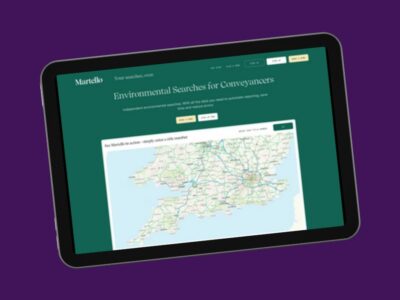What is a Phase 1 Contaminated Land Risk Assessment?
Contaminated land contains substances that are definitively or potentially hazardous to health or the environment. A Phase 1 contaminated land risk assessment is used to evaluate the potential for these to substances to cause harm or damage, consider the level of risk they represent and whether any actions are required to manage or mitigate that risk.
Why is a Phase 1 Contaminated Land Risk Assessment Needed?
Contaminated land risk assessments, often known as a Phase 1 contaminated land report, are often required as part of a planning application or to discharge a planning condition imposed by a Local Planning Authority. It may also be requested by The National House Building Council (NHBC) in support of a building warranty.
Assessments are also used to investigate potential environmental liabilities related to a land purchase or sale. A regulatory authority may also require an assessment to investigate a potential or on-going pollution issue (for example, if a site is being investigated under Part 2A of the Environmental Protection Act 1990).
Source-Pathway-Receptor Pollution Path
In all cases the assessment is made following the CLR11 framework produced by the Environment Agency and followed by local councils and Planning Authorities. This requires the consideration of the “source-pathway-receptor” pollutant linkage.
Land is considered to be contaminated if:
- It has been affected by a pollutant (known as the source).
- Someone or something (known as the receptor) is present which could be affected by the pollutant.
- The pollutant can get to the receptor in sufficient quantities to cause harm (known as the pathway).
The Phase 1 stage is just part of the process. Planning conditions usually contain a number of phases or stages to cover this and subsequent remediation if necessary
Other stages in the contaminated land risk assessment are outlined here.
A Phase 1 Contaminated Land Report provides a range of options to obtain a good understanding of the site’s history, setting and potential to be affected by contamination. They can also fulfill the requirements of Planning Authorities and be enhanced with a site visit and a detailed review of the planning history.
Need to know more about contaminated land? Join our next webinar
For more information, call us on 01743 581 415, email enquiries@geosmartinfo.co.uk



